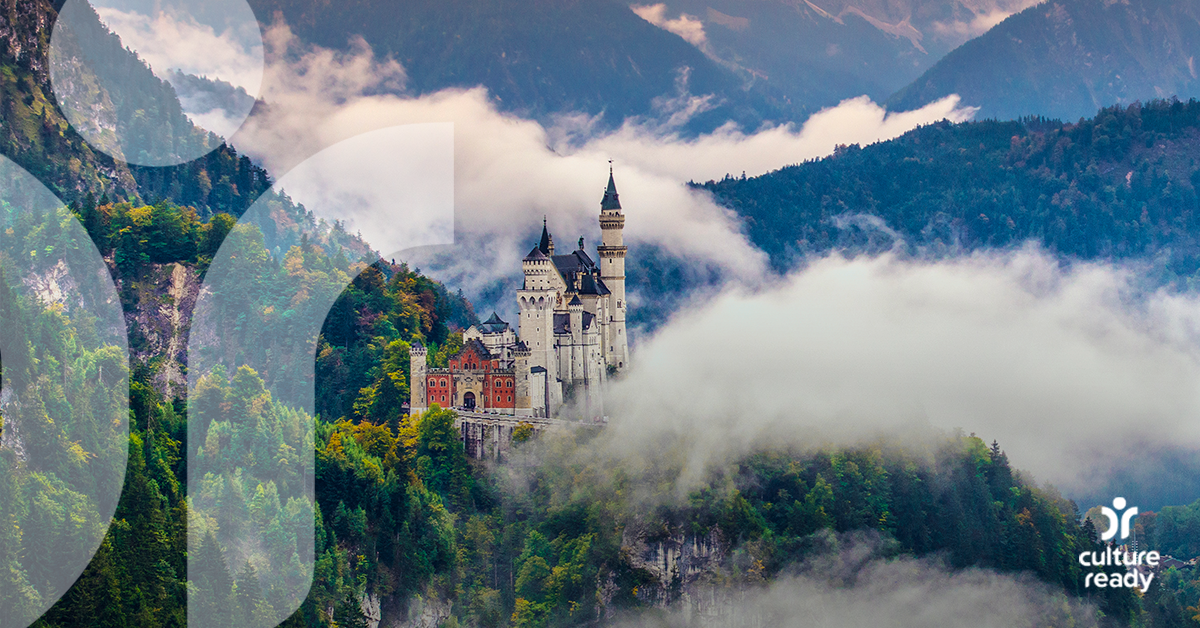10 Things You Many Not Know About Germany
Forests and woodlands cover one-third of Germany. Culturally, Germans have always embraced woodlands—a reverence that’s reflected in the practice of “waldeinsamkeit”—a type of nature therapy translating to “solitude of the forest.” German health insurance companies will even cover individual trips to the woods to combat stress.
Germans consume the second most beer in the world (behind Ireland). Oktoberfest in Munich, Bavaria is the largest beer festival in the world. Each beer served at Oktoberfest is a full liter. If you want to order one beer in Germany, show your thumb. If you’d like to order two, show your pointer finger.
The first magazine ever printed was published in Germany in 1663. More than 200 years after German Johannes Gutenberg invented the printing press, the literary and philosophy magazine “Edifying Monthly Discussion” was launched. Germany has continued to have a strong publishing tradition and releases approximately 94,000 different book titles every year.
65% of the Autobahn in Germany has no speed limits. Germany is known for its automobile production. Audi, Volkswagen, Mercedes-Benz, Porsche, and BMW are all German car brands. But the country is also known for its high-speed highways. The government suggests a consistent speed of 81 miles per hour while driving on the Autobahn and running out of gas will get you a fine. Drivers are only allowed to stop for emergencies and being low on gas is not considered one of them.
The traditions of the Easter Bunny and the Christmas tree both originated in Germany. The egg-laying rabbit began as a pagan tradition and merged with Easter in the 17th century. German Christians began decorating Christmas trees, known as Tannenbaum, in the 16th century. They are often credited to Martin Luther, the famous Protestant reformer.
A German man invented gummy bears. In 1920, Hans Riegel created the candy company Haribo that is still popular today. A few years later, he developed the gelatin-based gummy candies and shaped them like dancing bears, a common sight at German festivals during the early 20th century.
Germany is home to many technological advances and inventions. German inventors are responsible for automobiles, airbags, contact lenses, jet engines, televisions, toothpaste, refrigerators, helicopters, the MP3 file format, and aspirin.
There are 35 dialects spoken in Germany. Although Germany has the most native speakers in Europe, the nation’s regions didn’t unify as a single nation until 1871. That explains why there are still differences in the German spoken around the country. High German, or “Hochdeutsch,” is the standard version of German used in politics, business, and academic circles.
You can tell where the Berlin Wall used to be via nighttime satellite images. Before the Berlin Wall fell, East and West Berlin used streetlight bulbs with different chemical makeups. Most of those streetlights are still in use today, so each side glows a different color.
Germany has nine different neighboring countries. Austria, Belgium, the Czech Republic, Denmark, France, Luxembourg, the Netherlands, Poland, and Switzerland all share a border with Germany.
Learn More:
Interesting Facts About Germany
10 Interesting Facts About Germany
